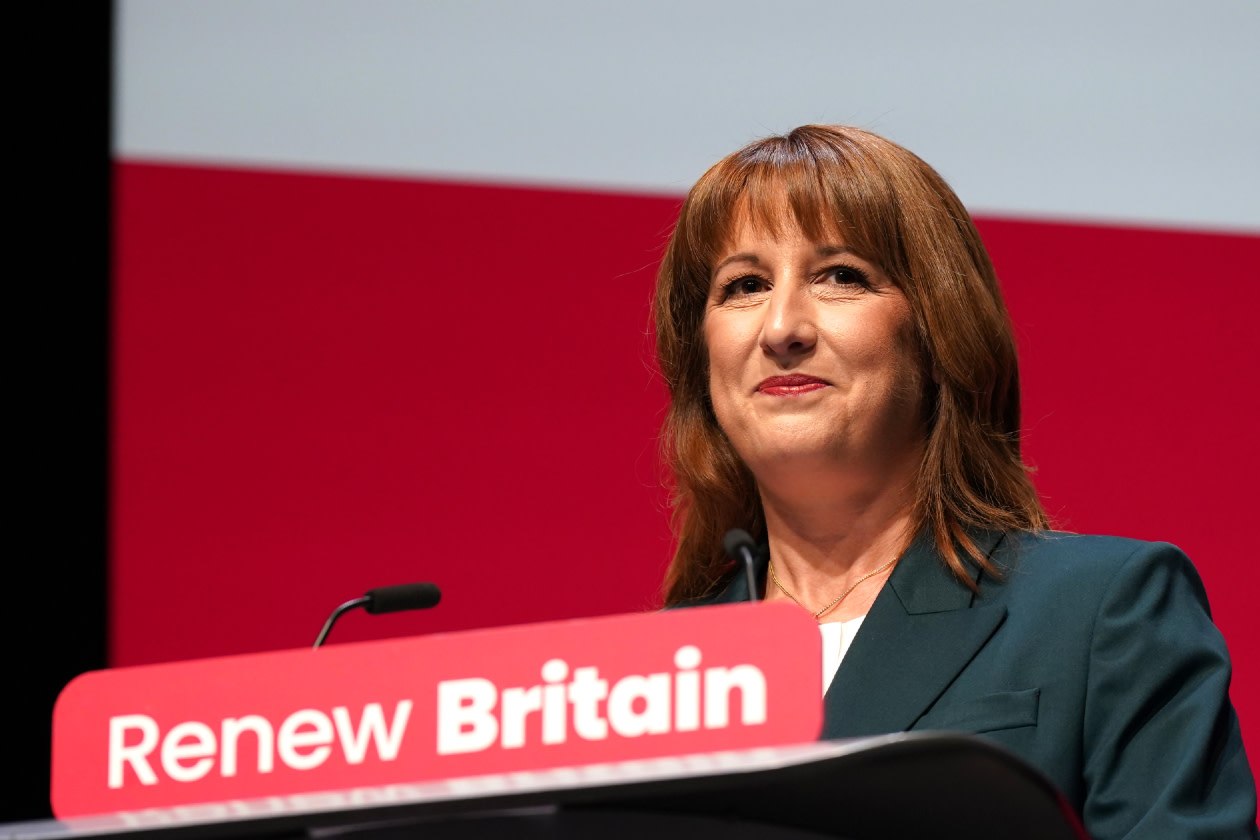Before her conference speech, Rachel Reeves spent much of the media round fending off questions about tax rises. However, it’s not a matter of ‘if’ tax bills will rise after the Autumn Budget, but which taxes will rise and by how much.
The current government spending shortfall is reportedly around £30bn. With the chancellor emphasising the government’s commitment to economic responsibility, they can't shrug this off, and it needs to take steps to balance the books.
The government were hoping that kick-starting growth would close the gap, but that hasn’t materialised yet.
Meanwhile, the cost of borrowing has rocketed, adding to the problem. With spending cuts proving difficult, tax rises are looking more likely. Recently, extending the freeze on income tax thresholds has been raised, but over the past few weeks, everything has been in the frame from capital gains tax to stamp duty.
But even if the government didn’t touch tax policy in the Budget, people would still pay more tax. Some tax rises were set in motion years ago, whereas others will come as the natural consequence of rising prices, and the rising values of stocks, bonds and house prices
However, you don’t need to sit back and watch this happen, because there are steps you can take to shelter yourself from tax blows delivered by any Budget.
This article isn’t personal advice. If you’re not sure if an action is right for you, ask for financial advice. ISA, pension and tax rules can change and benefits depend on your circumstances. Tax rates and bands are different for Scottish taxpayers.
Tax rises already baked in
Frozen income tax and National Insurance thresholds are set to stay in place until 2028 – which could be extended. It means that every pay rise in the interim will mean paying more tax, and risks pushing people over higher tax thresholds.
For example, becoming a higher rate taxpayer doesn’t just mean paying more tax on your wages. There’s also a smaller savings allowance and a higher rate of tax on interest, a higher capital gains tax rate and a higher dividend tax rate.
For investors, even if all that happened was that the value of investments kept pace with inflation, there would be more tax to pay. People would make capital gains, and with a vastly reduced allowance of £3,000, if they were investing outside of a pension or ISA, it would mean a bigger tax bill. Meanwhile, rising stocks, bonds and house prices add to the value of people’s estates, so the fact that the nil rate bands have been frozen until 2030 means more estates will face inheritance tax.
Inflation sticking stubbornly above the Bank of England target, meanwhile, means prices are rising more quickly, so taxes based on a percentage of what we spend will automatically rise too – including VAT, fuel duty and alcohol taxes.
5 ways to protect yourself
With this prospect of higher taxes on the horizon, here’s five ways to shield yourself.
Use your Pension allowances
If you plan to make more pension or Self Invested Personal Pension (SIPP) contributions in the current tax year, you could consider doing so ahead of the Budget, to take advantage of the system as it stands. A SIPP is protected from UK capital gains and income taxes.
Use your ISA allowances
If you’re making income from savings interest, you can use a Cash ISA to protect as much as possible from tax. If you don’t need the money within five years, you could use a Stocks and Shares ISA instead. Investing your money in the stock market to work harder for you, and you’ll still be protected from income tax and capital gains tax.
Remember, all investments and any income from them can rise and fall in value so you could get back less than invested.
Move existing investments into tax efficient accounts
You could use Share Exchange to sell your shares in an HL Fund and Share account and move the cash into a Self-Invested Personal Pension (SIPP), or Stocks and Shares ISA, and buy back the same shares again – all in one instruction.
Remember, your £3,000 CGT allowance might mean you have some tax to pay but once that money is in your SIPP or ISA, it can grow free from UK income and capital gains tax.
You could get an extra boost by moving money into a pension thanks to tax relief.
How much you can pay in and the tax relief you get depends on your circumstances. Remember though, you can't usually access money in a pension until 55 (57 from 2028).
Before using Share Exchange take any charges for the deal and the new account charges into consideration. And remember you have to stick to your overall ISA and pension allowances.
Plan as a family
If you’re married or in a civil partnership and your partner pays a lower rate of tax, you can transfer income-producing assets into their name, so you both take advantage of your ISAs and tax allowances, and then the rest is taxed at their marginal rate rather than yours.
In the current tax year, you can also save or invest £9,000 in a Junior ISA for any qualifying child, and all interest, dividends or capital gains are tax free.
And with HL, kids go free – there’s no online account or dealing charges and you can start from a lump sum of £100 or £25 per month.
Consider Venture Capital Trusts or Enterprise Investment Schemes
Venture Capital Trusts (VCTs) or Enterprise Investment Schemes aren’t right for everyone, because they are very high risk so should only be considered as a small part of a large and diverse portfolio.
However, VCTs have some tax benefits, including:
30% income tax relief on what investors put in VCTs as part of new share issues, as long as they invest for at least five years –subject to an investment allowance of £200,000.
No capital gains tax when you sell.
No tax on dividends from VCTs.
Though it’s worth remembering, tax rules and benefits can change and depend upon your individual circumstances. VCTs should only be considered for larger portfolios, held by experienced investors who have already used their ISA and pension allowances and might be higher or additional-rate taxpayers.
Sign up to our weekly Editor's Choice email to make sure you don't miss out on the key changes from the Autumn Budget.
(Photo by Ian Forsyth/Getty Images)


